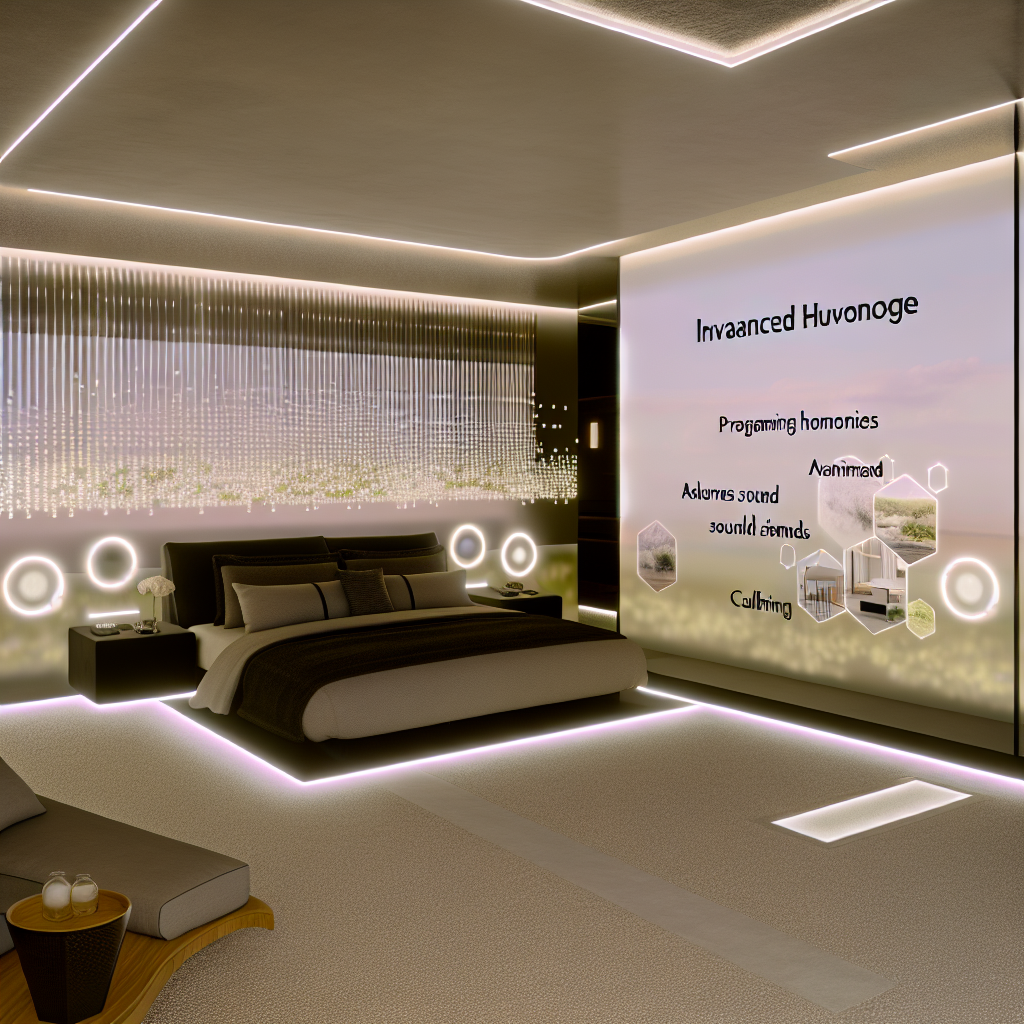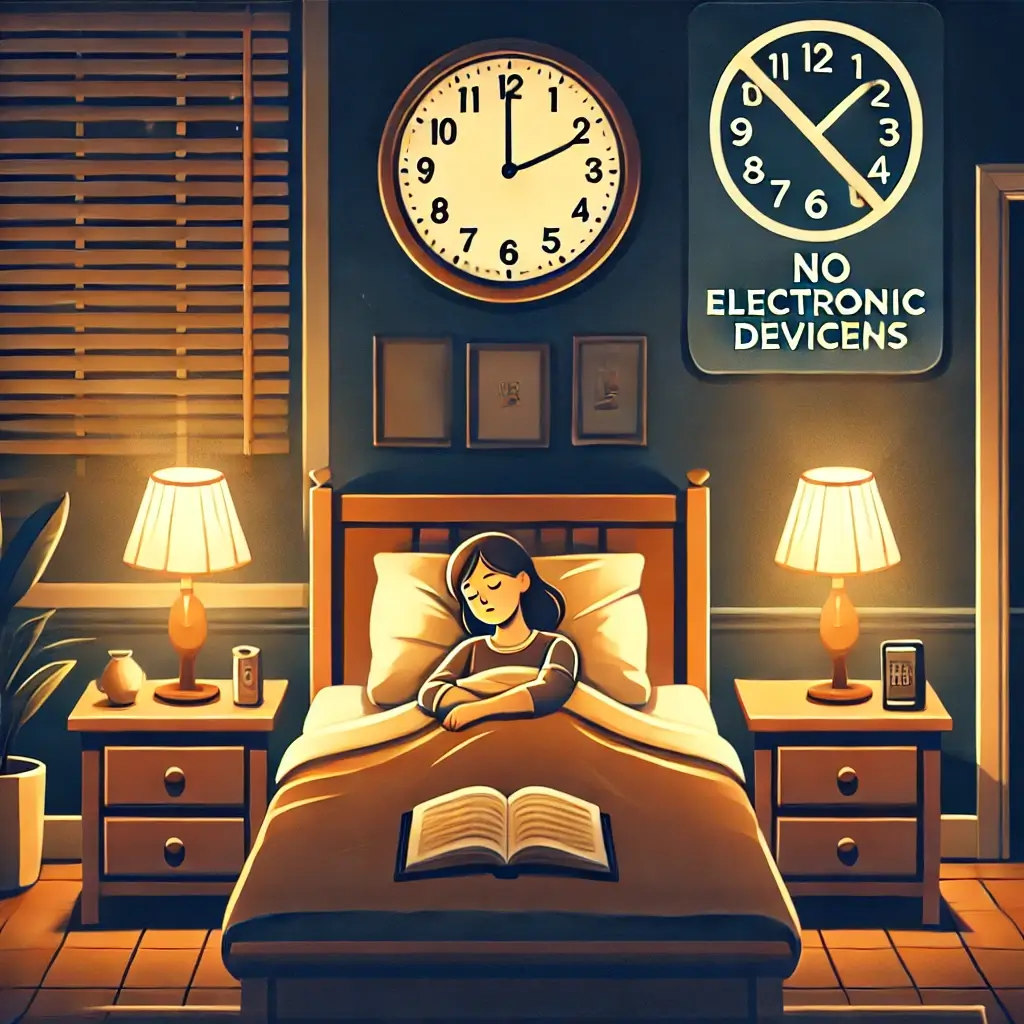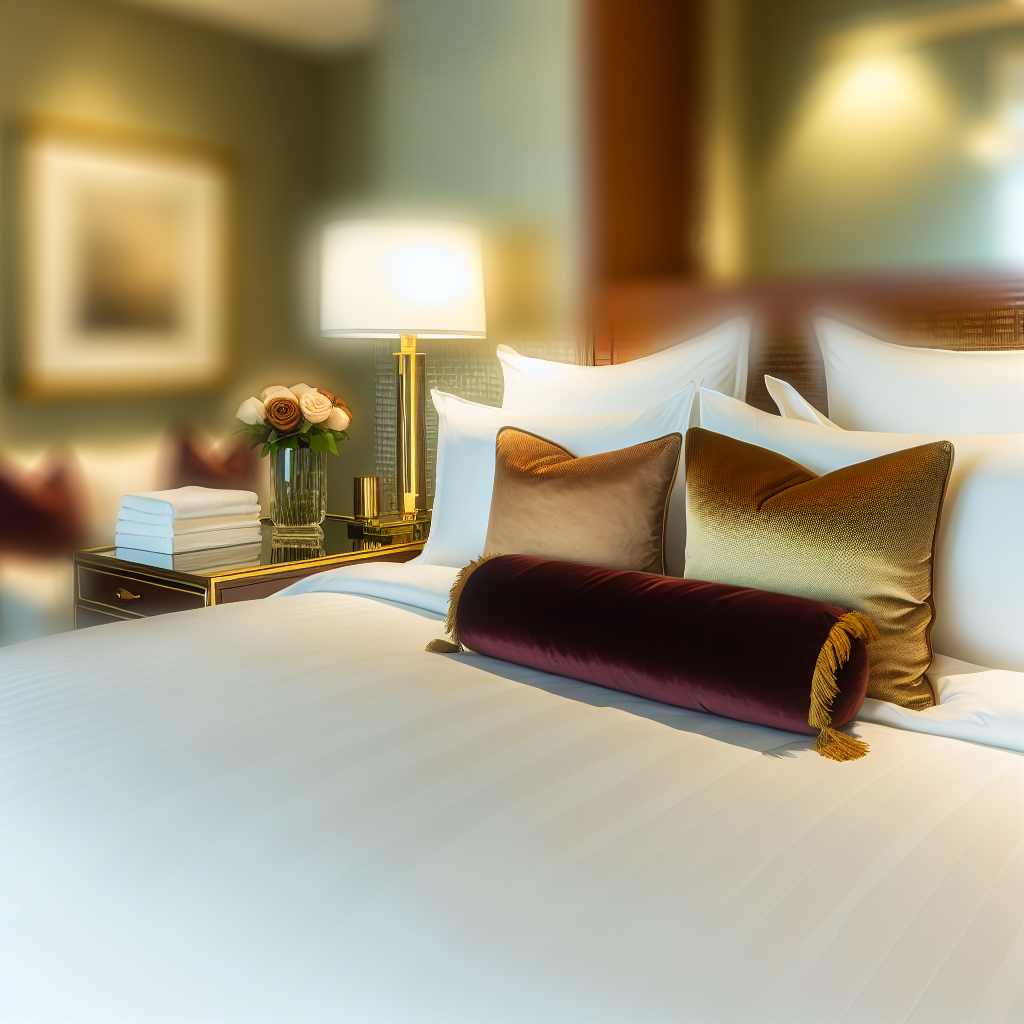Programmable Sensory Bedrooms: Transforming Sleep with Scent, Sound, and Light Technology
The Future of Sleep Optimization
Sleep is one of the most crucial pillars of overall health, playing a vital role in physical, mental, and emotional well-being. However, millions of people worldwide struggle with sleep disorders, irregular sleep patterns, or poor sleep quality. As research advances, experts are continuously exploring new ways to create an optimal sleeping environment that supports rest and recovery.
One of the latest innovations in sleep science is the concept of programmable sensory bedrooms, which incorporate scent, sound, and light technology to enhance sleep experiences.
A programmable sensory bedroom is an environment that uses smart technology to adjust sensory inputs—such as soundscapes, lighting, and aromas—to create a sleep-friendly atmosphere. This approach is revolutionizing sleep hygiene by providing a multisensory experience tailored to an individual’s sleep needs and habits.
By leveraging artificial intelligence and automation, sensory bedrooms can enhance relaxation, regulate circadian rhythms, and improve overall sleep quality.
How Sensory Technology Enhances Sleep
Light, scent, and sound all play significant roles in preparing the body for sleep.
Smart lighting systems
gradually adjust brightness and color temperature to help regulate melatonin production, following the body’s natural circadian rhythm.
Aromatherapy diffusers
disperse sleep-promoting scents like lavender or chamomile, known for their relaxation-inducing properties.
Sound therapy
incorporates white noise, nature sounds, or calming music designed to slow brain wave activity and foster deeper sleep.
The integration of automated controls through voice commands, mobile apps, or programmed schedules makes it easier than ever to personalize a sleep environment. With smart bulbs, AI-generated soundtracks, and app-controlled diffusers, individuals can customize a sleep-friendly setting that promotes comfort and relaxation.
Scientific Backing: The Research Behind Sensory Sleep Solutions
Scientific studies increasingly support the use of sensory stimulation to improve sleep quality. Research into light, sound, and scent therapy has shown measurable improvements in relaxation, how quickly people fall asleep, and overall sleep structure.
Light and Circadian Rhythm Regulation
Light plays a critical role in regulating the circadian rhythm, the body’s internal sleep-wake cycle.
Research published in the Journal of Biological Rhythms found that exposure to bright blue light at night can delay melatonin production, making it harder to fall asleep. Conversely, dim, warm-toned lighting can stimulate melatonin release and signal the body that it’s time for sleep.
Smart lighting technology has been designed to mimic the natural sunset effect by gradually dimming or shifting tones during nighttime. A 2020 study by the National Sleep Foundation found that subjects exposed to tunable smart lighting had improved sleep quality and experienced fewer nighttime awakenings compared to those using traditional lighting.
Sound Therapy and Brainwave Synchronization
Sound plays a powerful role in promoting relaxation and deep sleep. Studies have shown that white noise, pink noise, and certain sound frequencies can slow brain waves, making it easier to enter deep sleep.
A 2017 study published in Frontiers in Human Neuroscience discovered that pink noise—a soothing, low-frequency sound—helped synchronize brain activity during deep sleep, enhancing memory retention and brain restoration.
Other research published in the Sleep Research Society Journal demonstrates how exposure to nature sounds, such as ocean waves or rainfall, can reduce autonomic nervous system activity, lower heart rates, and decrease cortisol levels, resulting in faster and more restful sleep.
Today, smart speakers powered by AI can automatically generate sleep-enhancing soundscapes. These systems adjust volume, frequency, and duration to ensure an optimal sleep experience.
Aromatherapy and Sleep Optimization
Scent therapy, particularly using essential oils, has long been recognized for its sleep-promoting properties. A 2015 study published in Evidence-Based Complementary and Alternative Medicine found that lavender essential oil increased slow-wave sleep, which is the deepest and most restorative stage of non-REM sleep. Participants experienced improved morning energy levels and reduced insomnia symptoms.
Other essential oils like chamomile, ylang-ylang, and sandalwood have also been found to improve sleep duration and reduce sleep latency (the time it takes to fall asleep).
With the rise of smart diffusers, sleep-promoting scents can now be automatically released in timed intervals, eliminating the need for manual application.
Conclusion: The Future of Sleep is Programmable
The concept of programmable sensory bedrooms represents a revolutionary step forward in sleep health. By integrating light, sound, and aromatherapy technology, individuals can create highly personalized, automated sleep environments that enhance relaxation, regulate circadian rhythms, and promote deep restorative sleep.
Programmable sensory bedrooms are the future of sleep because they are:




By leveraging smart lighting systems, AI-generated sound therapy, and automated aromatherapy diffusers, individuals can take greater control over their sleep environment than ever before.
Whether dealing with sleep disturbances or simply looking to optimize rest, programmable sensory bedrooms provide an innovative, tech-driven approach for achieving better sleep and long-term wellness.
As sleep science continues to evolve, integrating sensory technology into our sleeping spaces will play a key role in shaping the future of health and well-being.
Concise Summary (100 words):
Programmable sensory bedrooms are revolutionizing sleep health by integrating smart technology to create personalized, automated environments that enhance relaxation and promote deep, restorative sleep. Through the use of light, sound, and aromatherapy, these systems can regulate circadian rhythms, synchronize brain waves, and optimize sleep quality – all backed by scientific research. With customizable settings, AI-driven controls, and proven sleep benefits, programmable sensory bedrooms represent the future of healthy, personalized sleep experiences.

Dominic E. is a passionate filmmaker navigating the exciting intersection of art and science. By day, he delves into the complexities of the human body as a full-time medical writer, meticulously translating intricate medical concepts into accessible and engaging narratives. By night, he explores the boundless realm of cinematic storytelling, crafting narratives that evoke emotion and challenge perspectives.
Film Student and Full-time Medical Writer for ContentVendor.com




